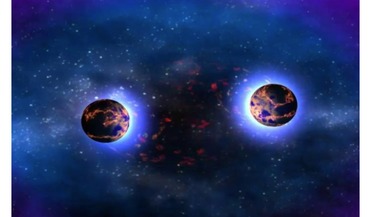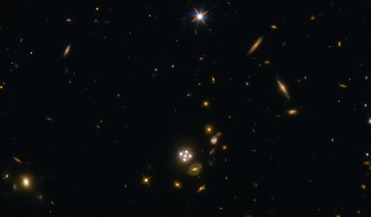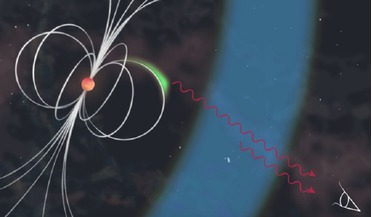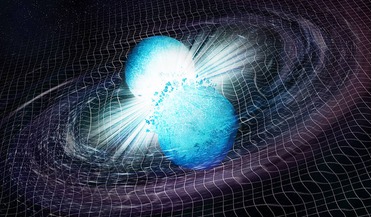 05 October 2016
Neutron star natal kicks could be the catalyst for binary formation and new gravitational wave sources
05 October 2016
Neutron star natal kicks could be the catalyst for binary formation and new gravitational wave sources
... neutrons essentially melt into each other to form neutrons and the energy involved in such a process results in a supernova explosion. Some neutron stars turn into rapidly rotating stars that emit regular pulses of radio waves (and...
 08 March 2021
New study determines best place and time to live in the Milky Way
08 March 2021
New study determines best place and time to live in the Milky Way
...8 kiloparsecs) from the galactic center – were subject to many explosive events able to trigger a mass extinction. For reference, the Sun...6500 light-years from the galactic center, where supernova explosions are more frequent, our study suggests that ...
 27 January 2017
Distant quasars help refine the rate of the expanding Universe
27 January 2017
Distant quasars help refine the rate of the expanding Universe
... Standard Cosmological Model, "Lambda CDM", and it has in the past through the study of light from supernova explosions been calculated to be about 72 kilometres per second per megaparsec (a megaparsec is about 3.3 million light-years). Nonetheless...
 13 January 2016
High-energy theory models questioned as neutron star produces most energetic pulsed emission radiation ever detected
13 January 2016
High-energy theory models questioned as neutron star produces most energetic pulsed emission radiation ever detected
... a left-over remnant star thought to have formed by the gravitational collapse of a once massive star after a supernova explosion. This explosion was then responsible for creating the Crab nebula, a phenomena that was noted by Earth-bound chroniclers...
 February 2022
Extremophiles as a blueprint for universal life
February 2022
Extremophiles as a blueprint for universal life
... this level of g force is only found in cosmic environments such as on massive stars or in the shock waves of supernova explosions. Deinococcus radiodurans protects itself from radiation in a different way. In 2016 a Chinese team of scientists showed...
 04 June 2018
More surprises for neutron star merger GW170817
04 June 2018
More surprises for neutron star merger GW170817
...forward either. For this latter scenario to occur it would mean that two neutron stars from two supernova explosions found themselves sufficiently close together before spiralling inwards and merging. “At the beginning of my career, astronomers could...